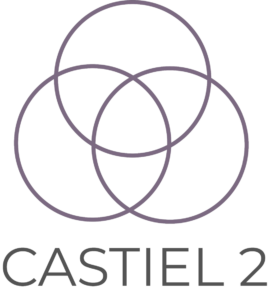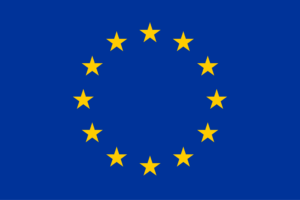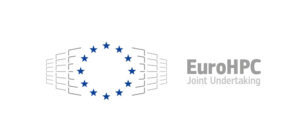CLstunfti is an extendable Python toolbox to compute scattering of electrons with a given kinetic energy in liquids and amorphous solids. It uses a continuum trajectory model with differential ionization and scattering cross sections as input to simulate the motion of the electrons through the medium.
The module CLstunfti makes CLstunfti available to the world by providing a documentation of the toolbox and inline documentations of the source code, as well as a set of examples that can also be used for testing.
CoE: E-CAM
G-CTMQC module provides numerical tools to perform simulations of internal conversion (spin-allowed) and intersystem crossing (spin-forbidden) phenomena underlying photochemical and photophysical reactions. G-CTMQC gives the user the flexibility of employing different approaches and, thus, various approximation schemes, to achieve dynamical information as accurate as possible, as well as ample flexibility in the choice of systems that be studied thanks to the interface of G-CTMQC with QuantumModelLib (E-CAM module).
CoE: E-CAM
ElVibRot General quantum dynamics code using curvilinear coordinates and a numerical kinetic energy operator (with Tnum) : (i) Vibrational levels, intensities for floppy molecular system (ii) Wave-packet propagation with or witout time dependant Hamiltonian (iii) Quantum gate and optimal control.
CoE: E-CAM
Quantics is suite of programs for molecular quantum dynamics simulations. The package is able to set up and propagate a wavepacket using the MCTDH method [Beck]. Numerically exact propagation is also possible for small systems using a variety of standard integration schemes [Lefo], as is the solution of the time-independent Schrödinger equation using Lanczos diagonalisation. The program can also be used to generate a ground state wavefunction using energy relaxation (i.e. propagation in imaginary time) and with the “improved relaxation” it is even possible to generate (low lying) excited states. Within the Quantics package there are also programs to propagate density operators (by solving the Liouville-von Neumann equation for open or closed system) [Mey], a program for fitting complicated multi-dimensional potential energy function, programs for determining bound or resonance energies by filter-diagonalisation, parameters of a vibronic coupling Hamiltonian, and many more. Recent developments include the use of Gaussian wavepacket based methods (G-MCTDH) and interfaces to quantum chemistry programs such as Gaussian and Molpro allow direct dynamics calculations using the vMCG method [Ric]. The following modules are extension of Quantics functionalities developed at E-CAM Extended Software Development Workshops.
CoE: E-CAM
PaPIM is a code for calculation of equilibrated system properties (observables). Some properties can be directly obtained from the distribution function of the system, while properties that depends on the exact dynamics of the system, such as the structure factor, [Mon2] infrared spectrum [Beu] or reaction rates, can be obtained from the evolution of appropriate time correlation functions. PaPIM samples either the quantum (Wigner) or classical (Boltzmann) density functions and computes approximate quantum and classical correlation functions.
The code is highly parallelized and suitable for use on large HPC machines. The code’s modular structure enables an easy update/change of any of its modules. Furthermore the coded functionalities can be used independently of each other. The code is specifically design with simplicity and readability in mind to enable any user to easily implement its own functionalities. The code has been extensively used for the calculation of the infrared spectrum of the \text{CH}_{5}^{+} cation in gas phase, while recently new calculations on the water dimer, and protonated water dimer systems were started.
CoE: E-CAM

The website is operated as part of the CASTIEL 2 project. This project has received funding from the European High-Performance Computing Joint Undertaking (JU) under grant agreement No 101102047. The JU receives support from the European Union‘s Digital Europe Programme and Germany, Italy, Spain, France, Belgium, Austria, Estonia.

